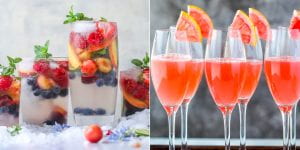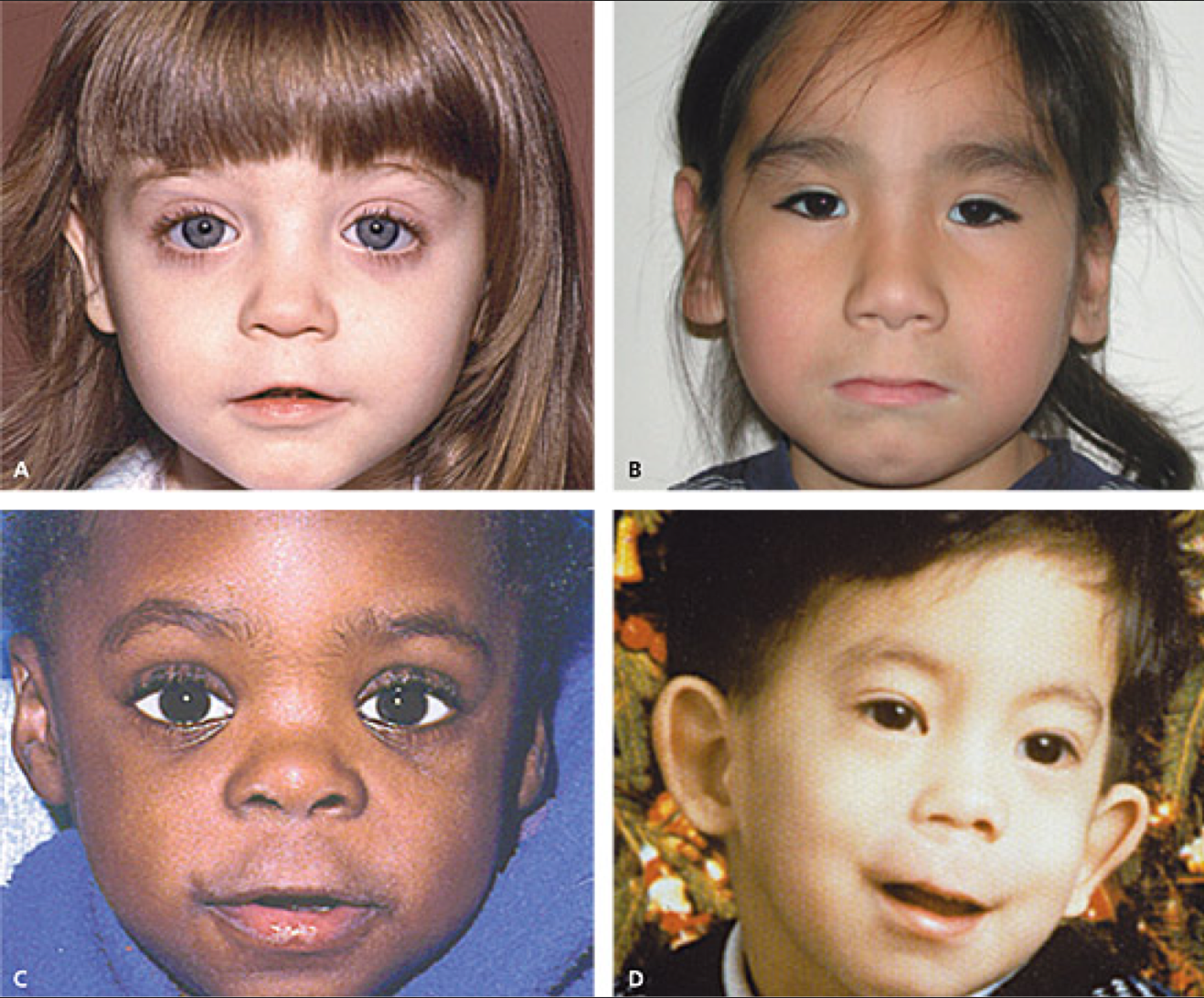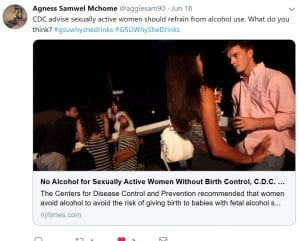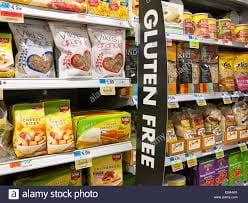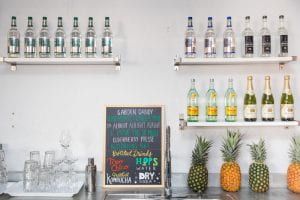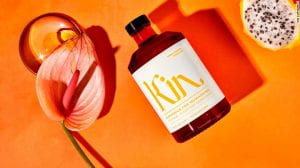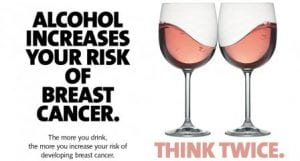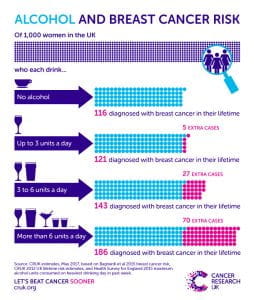What is Sober Curious?
Sober curious is a movement characterized by eliminating alcohol from the lifestyle for health and wellness reasons. It asks people to “imagine what it’s like to be hangover free,” and is meant as a way to encourage people to take a break from drinking. For some, this means participating in “Dry January” or “Sober September” to see if it is something that they can do. And if they do make it through, and notice the benefits, they may be more likely to make this change over the long-term. 
The sober curious initiative is gaining popularity among Millennials, those aged 22 to 38. They are beginning to realize that going out and always feeling the need to drink is not necessarily fun or feasible. Many in the Millennial generation are trying out this movement in order to not feel the social pressure to drink, and they also want to drink less. Sober curiosity does not necessarily mean that one must abstain from drinking alcohol completely; it just means altering drinking habits to become less frequent. Instead of drinking being a weekly occurrence, it becomes something that happens only once a week or on special occasions, such as birthdays, holidays, or certain celebrations. For some, however, sober curious might mean completely abstaining from alcohol.
Alcohol as a cultural norm
Alcohol is viewed in our society as something that must be present for a number of reasons. Need to have fun, relax, forget about what’s troubling you? The answer is always most frequently to grab a beer, take a shot, down a bottle of wine. Alcohol is ever present and is the main staple at parties, celebrations, and sporting events. 
However, for those who do not drink or are wanting to limit their drinking, being in these social situations and surrounded by alcohol and people drinking can be daunting. For the sober person, it can be uncomfortable when they are bombarded with questions about their drinking habits. As someone who very seldom drinks, and spends most parties standing around with a cup of water, I can attest to the discomfort that these questions bring. As a younger adult, it was harder to socialize at parties when I didn’t drink, so I usually did not go. However, as I became older and felt more comfortable telling people “drinking just isn’t my thing,” being okay with being sober became easier.
The social pressure to drink is real and can get people into trouble. People drink in order to socialize and fit in, and this is harmful because it can escalate into even worse habits. It can push someone to an alcohol use disorder and can be detrimental to their health.
Being sober is stigmatized by people who do drink, and therefore sober people are seeking out ways to socialize and have fun with other people who also want to be sober. For those who still like to be in a bar setting, a number of dry bars have been gaining popularity among the sober curious crowd. Bars such as The Sans Bar, cater to this crowd by serving non-alcoholic beverages. The drinks served at these bars are not just your ordinary O’Douls, they are very sophisticated drinks known as “mocktails.” They have all the complexities of a normal cocktail but without the alcohol. This is appealing to the sober curious individual because it is a safe space where they can go to socialize, be around other non-drinkers, and not feel pressure to partake in the drinking culture or be questioned about their choice to not drink.
Beer companies that market low-alcohol or alcohol-free options are also catering to the sober curious movement. Heineken has just come out with a new zero-alcohol beverage, Heineken 0.0. Because not drinking is stigmatized, it is important for some people who do not drink or are trying to cut back on drinking, to look as if they have a drink while in a bar. The Heineken 0.0 beer tastes very similar to the alcoholic beer and has kept the same packaging – the iconic green bottle – which allows non-drinkers to drink the beer while out at a bar and other people would have no idea that it was a non-alcoholic drink.
What are some of the risks of chronic or excessive drinking?
According to the CDC, excessive alcohol consumption led to about 88,000 deaths and 2.5 million years of potential life lost in the United States from 2006 – 2010. Drinking alcohol can contribute to both short-term health risks – car crashes, suicide, risky sexual behaviors, alcohol poisoning – and long-term health risks – chronic diseases, depression, dementia, alcohol dependence.
The National Institute on Alcohol Abuse and Alcoholism (NIAAA) website note the damaging effects that alcohol – both chronic and occasional alcohol use – can have on the body. Alcohol can majorly impact the brain, heart, liver, pancreas, and the immune system. In addition, it is a carcinogen and can cause several types of cancers, such as liver, breast and esophageal cancer to name a few.
Agencies such as the NIAAA and CDC, which are tasked with conducting research and the dissemination of health information to the public sphere, can only do so much to change people’s views on the risks of alcohol consumption.
Is being sober curious worth it? What are the benefits of participating in the movement?
A large number of people who are sober curious or participated in Sober September, Dry January or the like, have reported positive experiences from their time off from drinking, or just drinking more mindfully. They have reported feeling healthier, feeling more creative and productive, weight loss, and have had less trouble sleeping.
In an article from NPR, Aaron White, a scientific advisor at the National Institute on Alcohol Abuse and Alcoholism said of sober curious people: “[…] at the end of that month — just after one month — people, by and large, lost some weight. They had improvements in insulin sensitivity, their blood pressure numbers improved and their livers looked a little healthier.” White goes on to say that while there were only modest improvements in the health of an individual who abstained from alcohol for that month, the results were still worth noting. Over the long term, the benefits of sober curiosity might outweigh the costs of drinking.
Will Sober Curious become culturally accepted?
I believe that the Sober curious initiative can grow and become culturally accepted. At this moment in time, being completely sober or a light drinker is still seen by many people who drink regularly as strange. Especially when so many social activities and work functions rely on the presence of alcohol to make the atmosphere feel “normal.” I believe that as a society, we need to work on de-stigmatizing the sober culture.
The sober curious movement will also allow those who do not want to drink to essentially “opt out” of the social pressures of drinking. So many people who do not want to drink do so in order to fit in. What the sober curious initiative offers is unique in that it is catering to a marginal group of people who feel as if they need to hide the fact that they do not drink alcohol. The dry bars create a social network where an individual can feel comfortable about not drinking while being surrounded by like-minded individuals who also abstain from alcohol for various reasons. If more people are aware that this option exists, it may become just as culturally acceptable as drinking has become, and the social pressures associated with drinking will disappear.
With the growing wellness and self-care craze that has currently taken off on social media, I think that the Sober Curious initiative has a place right alongside quinoa superfood salads and goat yoga. If enough people get on board, especially the wellness influencers on social media, the stigma surrounding being sober will be a thing of the past!

